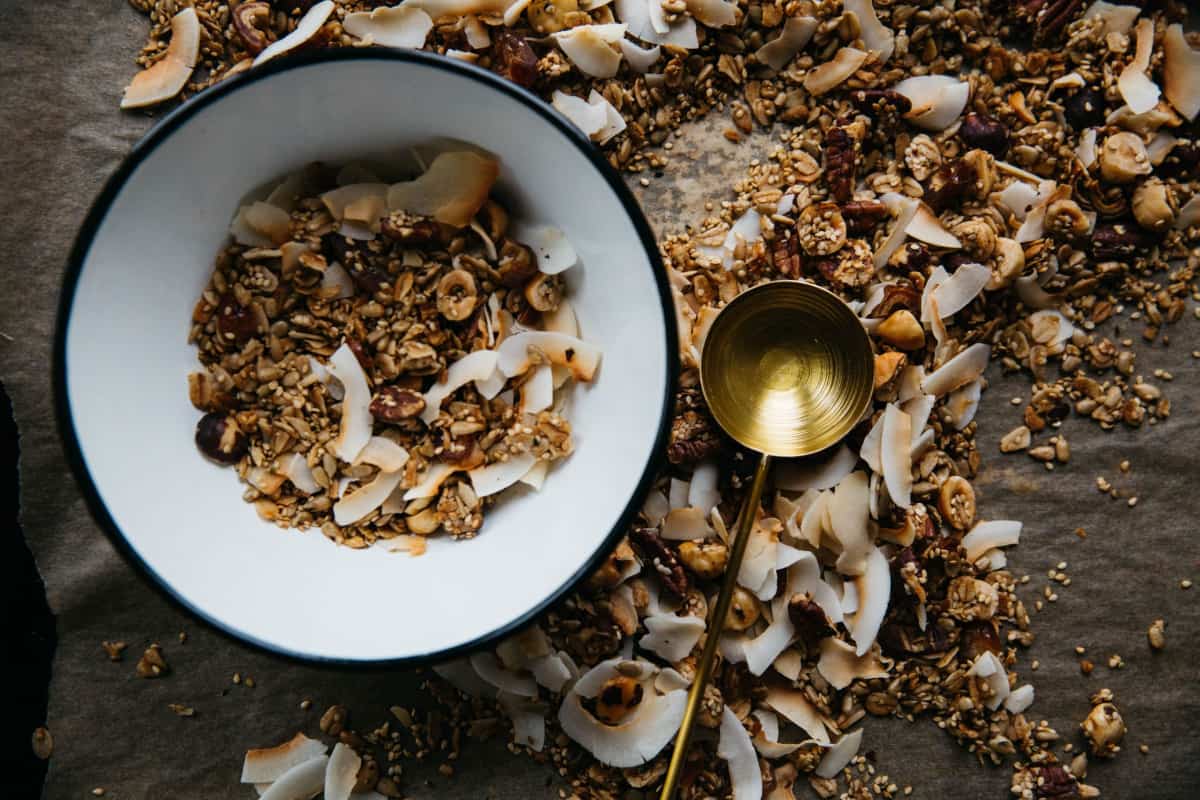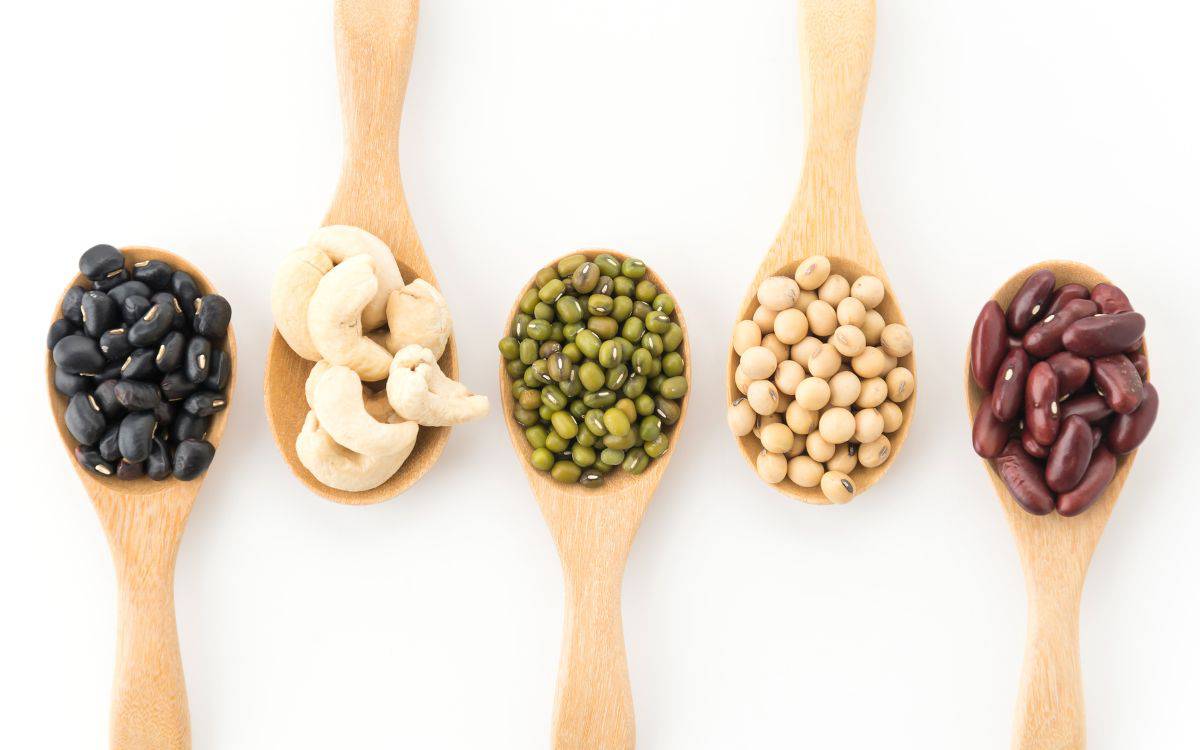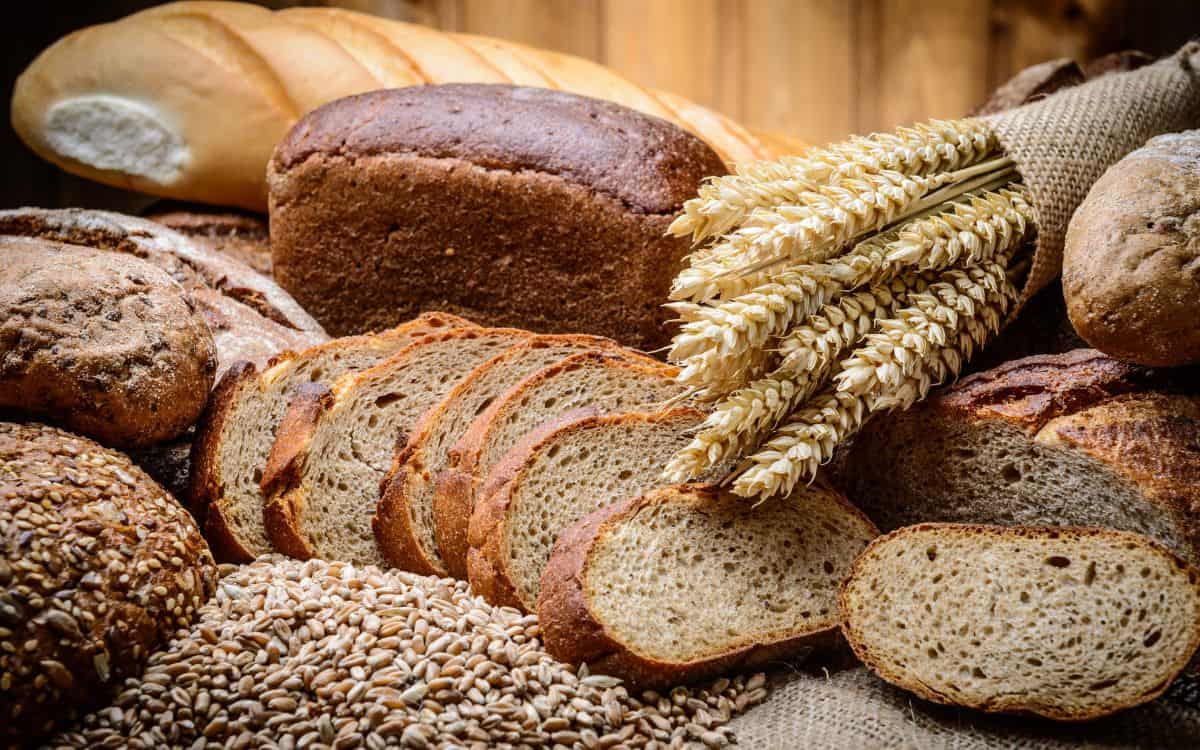Fiber is having its time in the sun. Where once the magazines touted restricted calories and low-fat foods to be the keys to overall health, new research is showing that, in fact, a long life can be credited to the nutrient our species have been eating for hundreds of millennia: fiber. One of the primary reasons most American diets are sorely lacking in the fiber department is the transition away from the foods of our hunter-gatherer ancestors (aka seeds, berries, and in general things that grow out of the ground) and toward the packaged snacks and processed goods that fill our pantries today (aka dairy products, baked goods, meat, and the frozen chicken pot pie in your freezer).
So what exactly is fiber? Fiber is a kind of carbohydrate that our bodies can’t break down into sugars for our bodies to use as energy. Instead, it soaks up water and slows down the absorption of the other, breakdown-able foods we eat. This has a variety of healthful benefits like supporting your digestive tract and managing blood sugar (important for everyone but especially those with diabetes).
1. Stock Up On Raisin Bran
I hate to break it to you, but your grandparents might have been on to something when it comes to the raisin bran train. High-fiber cereals are actually delicious (don’t knock it till you try it) and can pack in a third of your daily fiber needs in one breakfast bowl. If you’re really committed, toss in a handful of raspberries and a couple of spoonfuls of slivered almonds to knock out over half the daily recommended dose in one satisfying sitting.
2. Focus on Plants
Maybe eating your vegetables has less to do with “getting your greens” than it does with “getting your fiber.” One cup of mixed berries has nine grams of fiber–nearly a third of the recommended daily intake. Beans have anywhere between eight and 16 grams per cup, and one medium-sized potato has nearly five.
It’s not just our fruit and vegetable (and legume) friends, either. Whole grains, while difficult to find in the bread aisle, are full of fiber, too. A half cup of rolled oats, for example, has four grams of fiber. Top that with half a cup of berries and sprinkle in a tablespoon of chia seeds (a fiber superfood with four grams of fiber per tablespoon), and you’ve got a fiber-filled meal coming in at 12.5 grams of fiber, nearly half of your daily needs.
3. Cook With High-Fiber Ingredients
Arguably, one of the easiest ways to increase your fiber intake is to make the same foods you already eat with high-fiber ingredients. Whether you like muffins, pasta, or smoothies, there are plenty of ways to add extra fiber ingredients into the mix to maximize your fiber intake while eating the foods you already eat every day.
Increasing Fiber In Real Life
These are just a handful of ways to meet your daily fiber needs. When digging into the nitty gritty of the practical application, you might run into little details like “soluble” and “insoluble” fibers. These are two different kinds of fiber that you’ll come across. While the two fibers have different functions, both are important and both are often found in differing proportions in the same foods. By mixing a variety of whole grains, legumes, seeds and nuts, and fruits and vegetables into your diet, you’ll reap all the health-boosting benefits fiber has to offer.






Good tips! I read it
Although I’m sure you’ll require the knowledge from the aforementioned post, you should still learn more about the run 3 game genre as it’s so popular right now.
The modern American diet has undergone a profound shift away from the foods our hunter-gatherer ancestors relied upon, such as seeds, berries, and natural plant-based ingredients. Instead, our pantries are now stocked with packaged snacks and processed goods, including dairy products, baked items, meats, and convenience foods like frozen chicken pot pies.
These 3 ways are very useful
I value that you wrote this great post for us. I promise that this will be good for most people